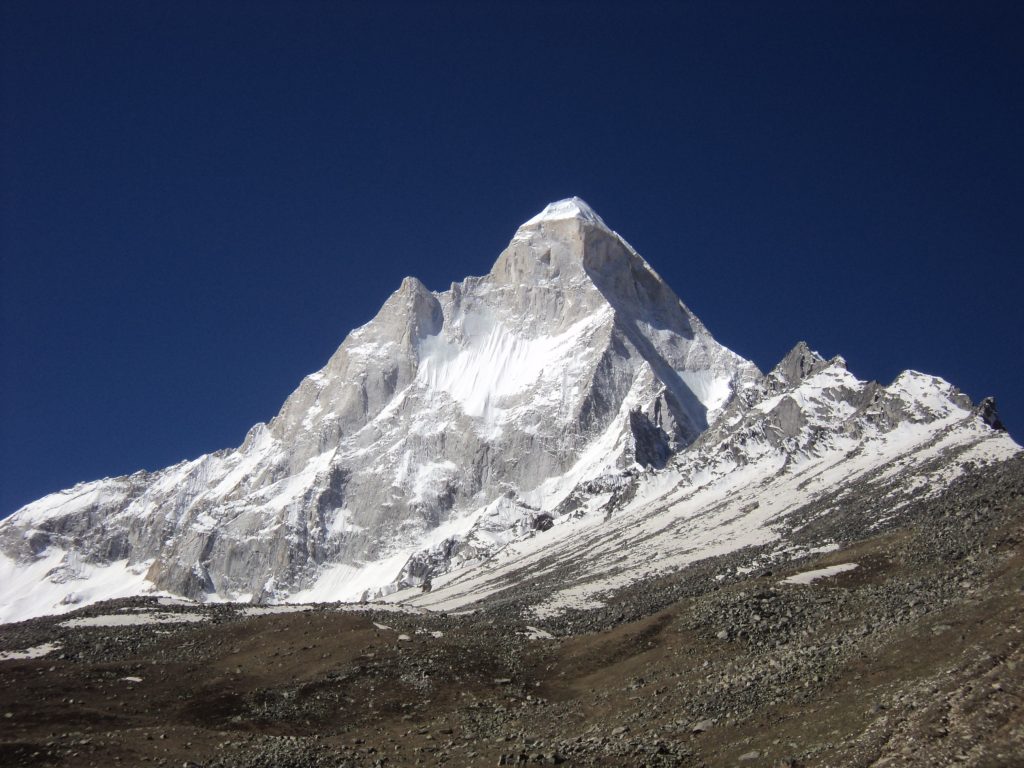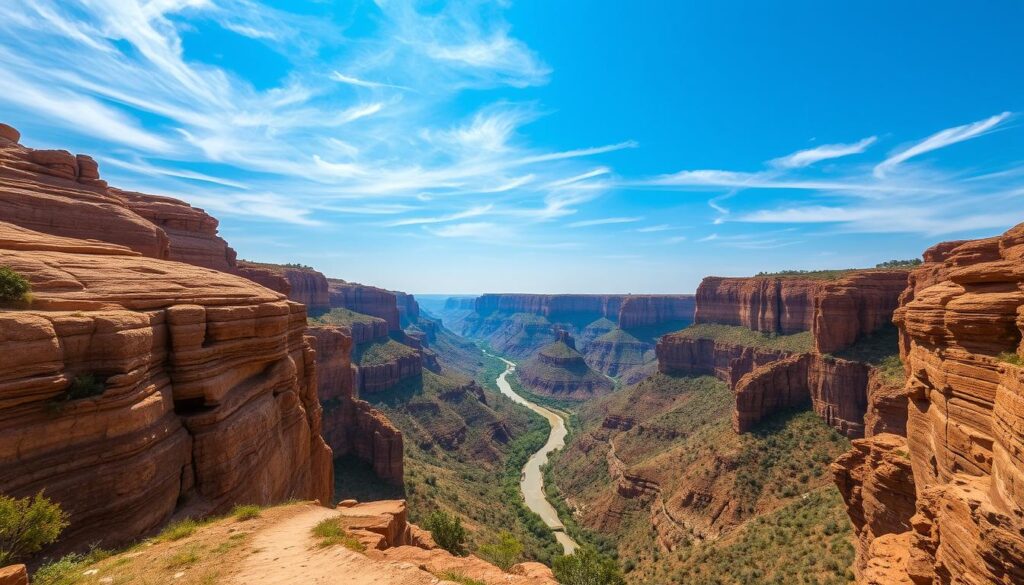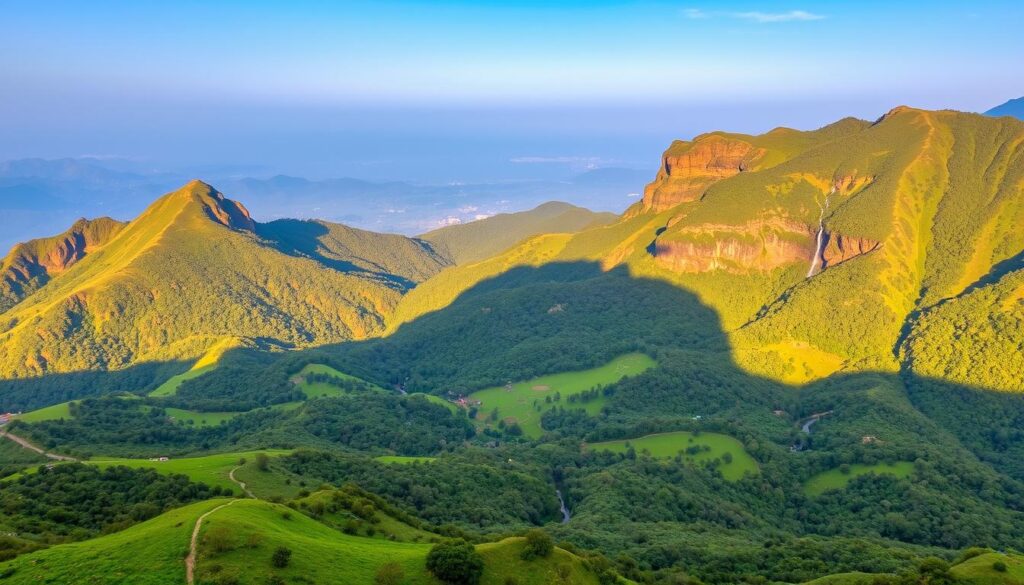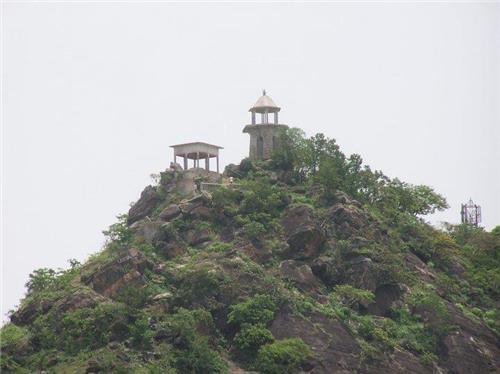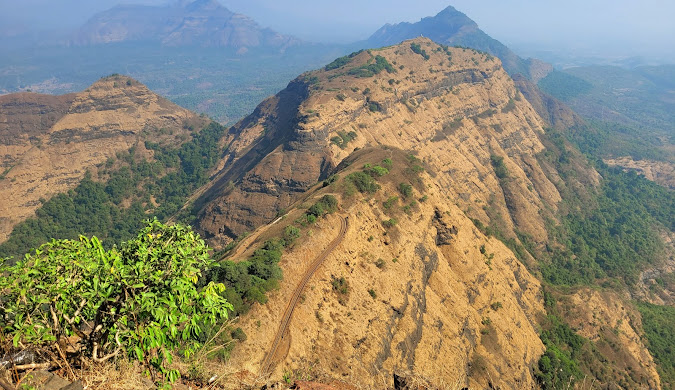Tirthan Valley: A Breathtaking Himalayan Escape
Are you ready to escape to a pristine Himalayan paradise? Imagine a place where crystal-clear rivers flow through lush green landscapes, surrounded by majestic mountains. Tirthan Valley in Himachal Pradesh, India, is a hidden gem that offers an unforgettable experience. This breathtaking destination is known for its untouched beauty. It’s an ideal getaway for nature lovers and adventure seekers. You can indulge in various activities, such as trekking, fishing, or simply taking in the serene atmosphere. Key Takeaways Discover the pristine beauty of Tirthan Valley in Himachal Pradesh. Explore the lush green landscapes and crystal-clear rivers. Enjoy trekking, fishing, and other adventure activities. Experience the serene atmosphere of this Himalayan escape. Visit Jibhi Tirthan Valley for an unforgettable getaway. The Enchanting Tirthan Valley Tirthan Valley is a hidden gem in the Himalayas, waiting for you to explore. As you enter this serene landscape, you’ll hear nature’s soothing sounds. You’ll also feel the warmth of the local culture. Table of Clarity: Quick Information Guide Information Details Location Tirthan Valley, Himachal Pradesh Nearest Airport Bhuntar Airport (Kullu) Best Time to Visit March to June and September to November Activities Trout Fishing, Trekking, Camping The Untouched Beauty of Himachal Pradesh Tirthan Valley is a collection of small hamlets along the road. Some are beautifully perched on mountains. The valley has untouched landscapes and crystal-clear waters. It’s perfect for those who love nature. A Brief History of the Valley The history of Tirthan Valley is rich and tied to local culture and traditions. It has been a haven for spiritual seekers and adventure enthusiasts. Knowing the valley’s history and cultural significance makes your visit even more special. Where is Tirthan Valley Located? The beautiful Tirthan Valley is in the Himalayas, perfect for nature fans and adventure lovers. It’s in the Kullu district of Himachal Pradesh. This area is famous for its stunning views and calm surroundings. Geographic Location in the Himalayas Tirthan Valley is in the Great Himalayan National Park. It’s known for its rich wildlife and untouched beauty. The valley is surrounded by high mountains and green forests, ideal for finding peace and connecting with nature. As you wander through the valley, you’ll hear the gentle Tirthan River. It flows smoothly through the area. Surrounding Districts and Landmarks The Tirthan Valley is near many attractions and districts. It’s a great spot for exploring the Himalayas. You can visit places like Jibhi, Jalori Pass, and Serolsar Lake, each with its own charm and views. The valley is also close to Kullu district. It’s famous for its lively markets and rich culture. To get to Tirthan Valley, take the Tirthan Valley road. It winds through mountains, showing off amazing views. The drive itself is an adventure, with beautiful stops and viewpoints. How to Reach Tirthan Valley: Transportation Guide Planning a trip to Tirthan Valley? Here’s a guide on how to get there. You can reach Tirthan Valley by air, rail, or road. This makes it easy for travelers from all over the world. By Air: Nearest Airports and Connections The closest airport is Kullu-Manali Airport, or Bhuntar Airport, about 50 kilometers away. It has flights from big Indian cities. This makes it a great starting point for your journey. Flight Connections: Regular flights from Delhi and other major cities are available. Taxi Services: Taxis and private car services are available from the airport to Tirthan Valley. By Rail: Railway Options and Routes If you prefer trains, the nearest station is Joginder Nagar, about 120 kilometers from Tirthan Valley. It’s connected to big Indian cities. Railway Connections: Regular trains from major cities like Delhi and Chandigarh are available. Hire a taxi or bus from Joginder Nagar to Tirthan Valley. By Road: Driving to Tirthan Valley Tirthan Valley is easy to reach by road, perfect for road trip lovers. You can drive from cities like Chandigarh, Delhi, or Manali. Driving Directions: From Chandigarh: Take the NH205 to reach Tirthan Valley (approx. 270 km, 6-7 hours). From Delhi: Drive to Bhuntar via NH1 and then take the road to Tirthan Valley (approx. 520 km, 10-11 hours). From Manali: Take the road to Bhuntar and then proceed to Tirthan Valley (approx. 100 km, 3-4 hours). These options let you pick the best way to travel to Tirthan Valley. Whether by air, rail, or road, the trip will be exciting. Best Time to Visit Tirthan Valley Tirthan Valley offers a unique experience all year round. The best time to visit depends on what you’re looking for. Whether it’s adventure, relaxation, or a mix of both, knowing the weather patterns is key to planning your trip. Seasonal Weather Patterns The valley’s climate changes a lot throughout the year. Summer is great for trekking and outdoor fun, with temperatures between 15°C and 25°C. Winter turns the valley into a snow-covered wonderland, perfect for snow lovers. Month-by-Month Visitor’s Guide Here’s what you can expect each month: Month Weather Activities March Mild temperatures Trekking, sightseeing June Warm weather River rafting, camping December Cold with snowfall Skiing, snowboarding Knowing the seasonal patterns and activities helps plan your trip to Tirthan Valley. You can make sure it matches your interests. Accommodation Options in Tirthan Valley Tirthan Valley is a peaceful place, perfect for those looking to relax. It has many places to stay, from cozy cottages to luxury resorts. There’s something for every budget and taste. Riverside Cottages and Homestays Riverside cottages and homestays offer a real taste of local life. You can dive into the valley’s culture and enjoy its beauty. These places are often run by families, making you feel right at home. Experience local hospitality Enjoy scenic views of the river and surrounding landscape Opportunity to try traditional Himachali cuisine Luxury Resorts and Retreats If you prefer luxury, Tirthan Valley has luxury resorts and retreats. These places have top-notch amenities like spas and fine dining. They offer a lavish stay in the valley’s stunning setting. High-quality accommodations with modern amenities Personalized services, including guided tours and activities Fine dining options serving local
Tirthan Valley: A Breathtaking Himalayan Escape Read More »



